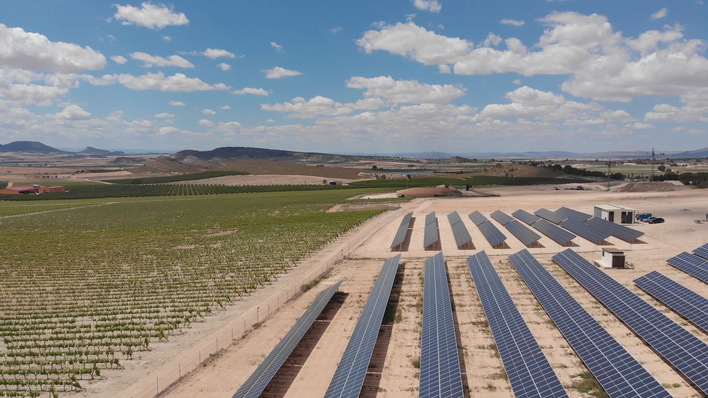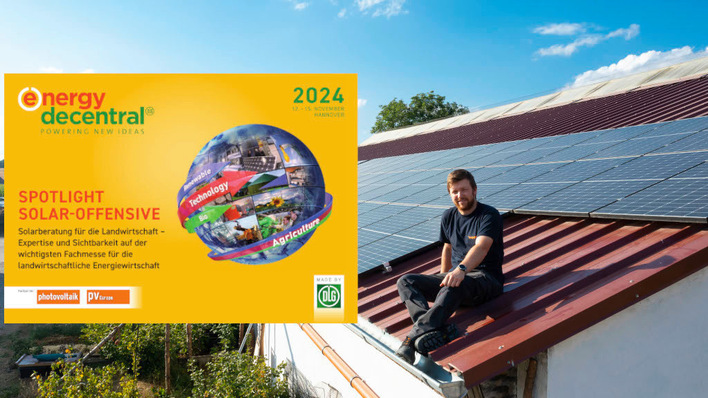In the current discussion after the flooding in Germany, there is a lot of discussion about the need to better protect our regions against heavy rainfall in future. In this context, however, there has so far only been discussion of retention basins and dams and many other expensive measures that have no other function than erosion control and that are difficult to finance in many regions.
But there are also economic alternatives. A new development is the “Erosion Protection Solar Systems” on agricultural land. Thanks to dams reinforced with pile-driven foundations, these systems can retain up to 1 million litres of rainwater per hectare and even improve cultivation on this land at the same time, while also improving biodiversity and insect protection with flowering strips. This is a win-win-win situation for the safety of the population, the yield security of the farmers and the environment.
Upgrade slope seperation areas with erosion control systems
It is well known that slope separation areas are a very effective way of preventing erosion problems on slopes. However, this also has a negative financial aspect for the farmer, as the uncultivated slope separation area does not generate any income.
However, slope separation areas can also be real assets with an attractive rent if these slope separation areas are upgraded with erosion control solar systems. In this case, single rows of "almost normal open field" solar poer systems separate the slope. These water retention areas are taken out of normal cultivation and offer not only solar power but also additional wind protection and water retention while at the same time strongly shading the slope division area.

V. Korrmann
This not only prevents direct erosion damage. By storing and slowly releasing the water into the slope below, the moisture supply and thus the drought resistance of the field is improved at the same time. The higher the water can be held on the hill, the better the moisture supply in the whole slope in the following months.
Improve further water storage
To achieve these functions, the solar plants are extended with further bushes, hills and sinks for water collection. Furthermore, the soil in the heavily shaded zone is enhanced with biochar, which further improves water storage in this area. In this way, the moisture stored here can be available for the entire field for a much longer period of time.
Furthermore, the field benefits from additional flowering strips near the solar panels. But also other products such as blueberries can be grown in the heavily shaded zones covered by the modules. Even with 90% shading, very good and highly aromatic yields were achieved in the first test plants. Only an approx. 2 week longer growth phase was observed.
Did you miss that? Multiple value solar
Normally, solar installations on farmland would not be permitted. Through a designation as an uncultivated erosion control zone for water retention in combination with flowering meadows and additional shading, these new erosion control solar plants offer a completely new legal approach.
Actively support agriculture
Instead of displacing agriculture, solar plants can actively support agriculture and improve the security of supply during droughts and extreme weather events. This will enable the first research installations, which should pave the way for new legislation for these areas. (Volker Korrmann/hcn)
Also interesting: New guideline for agrivoltaics







